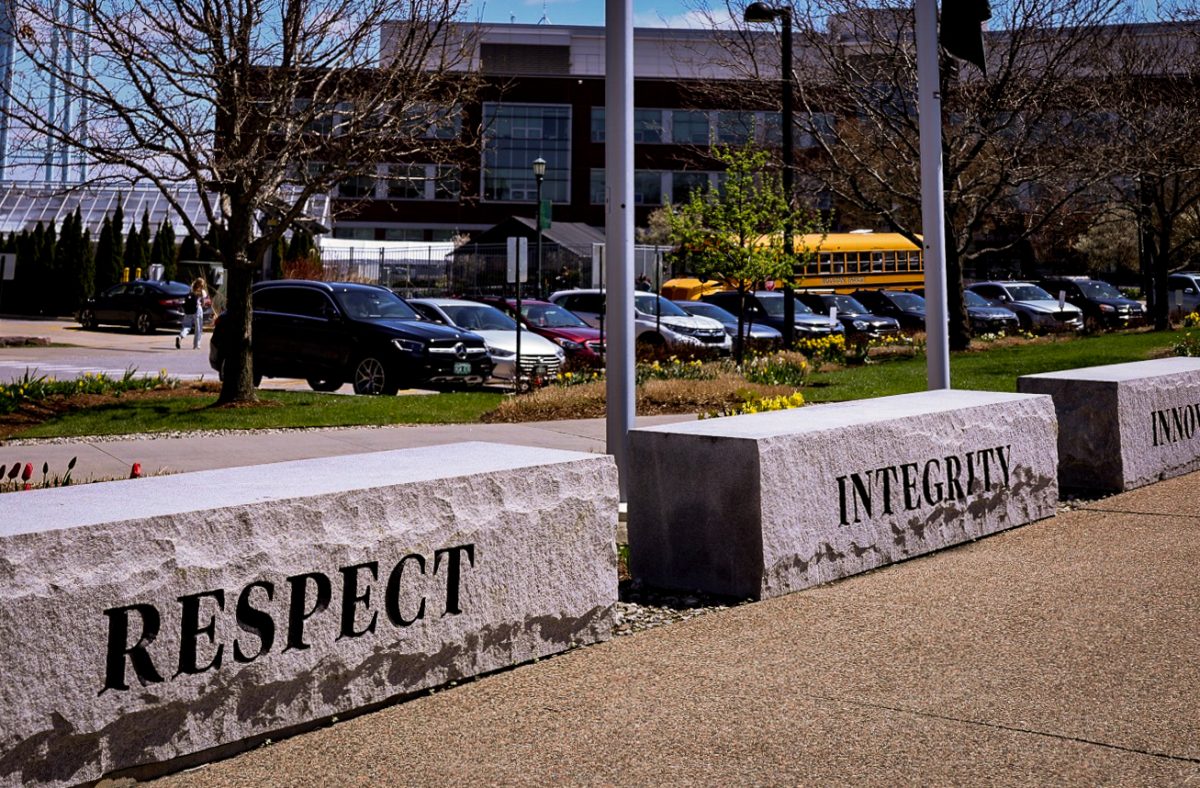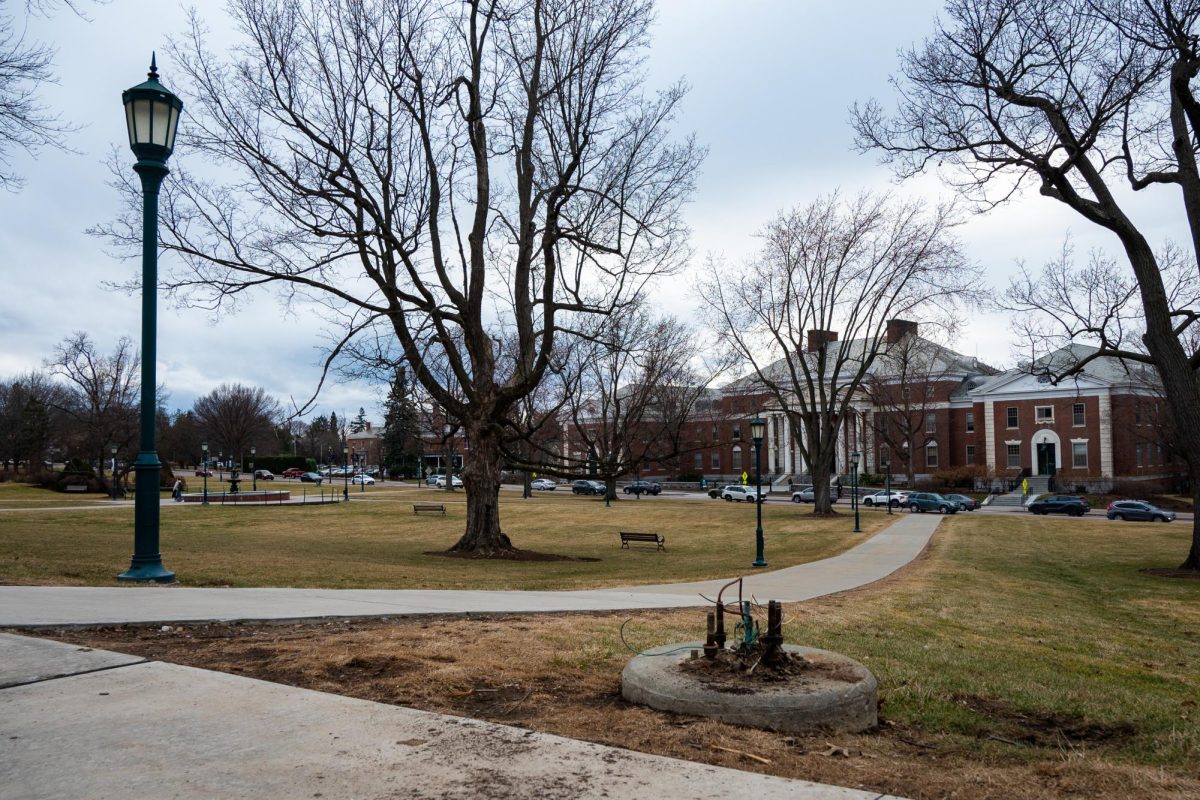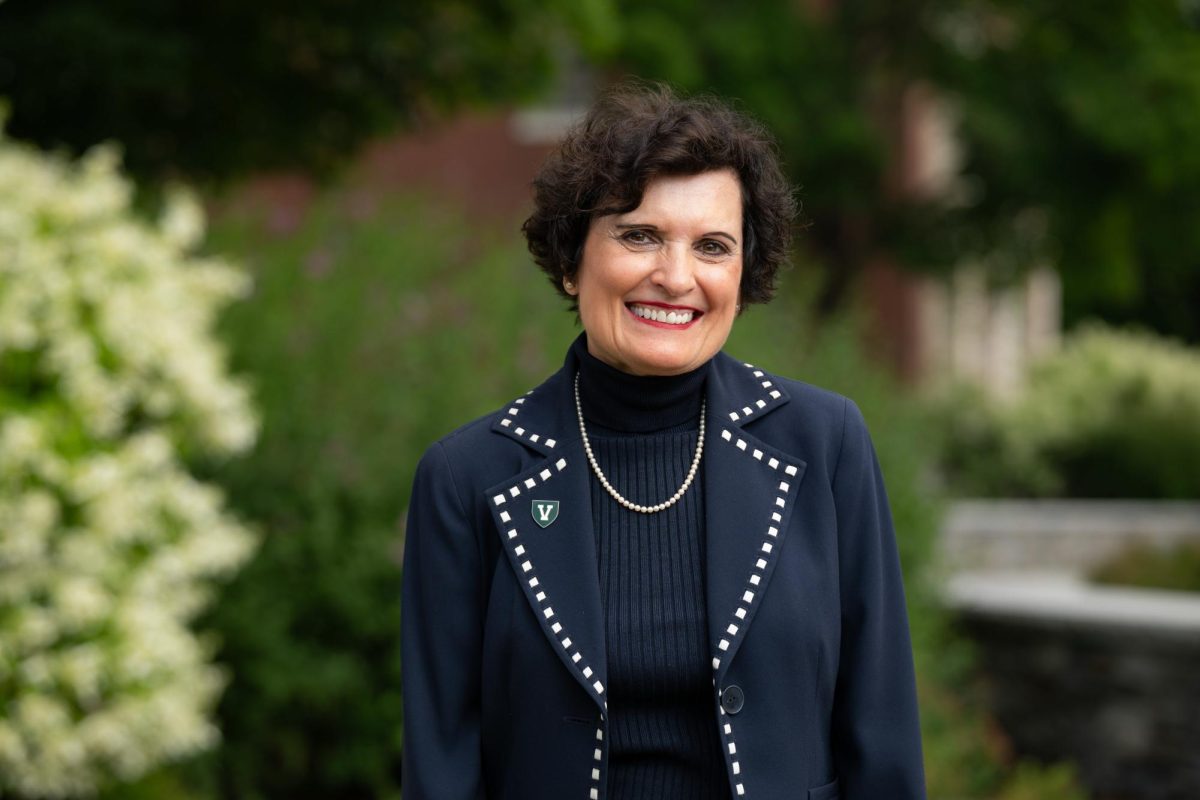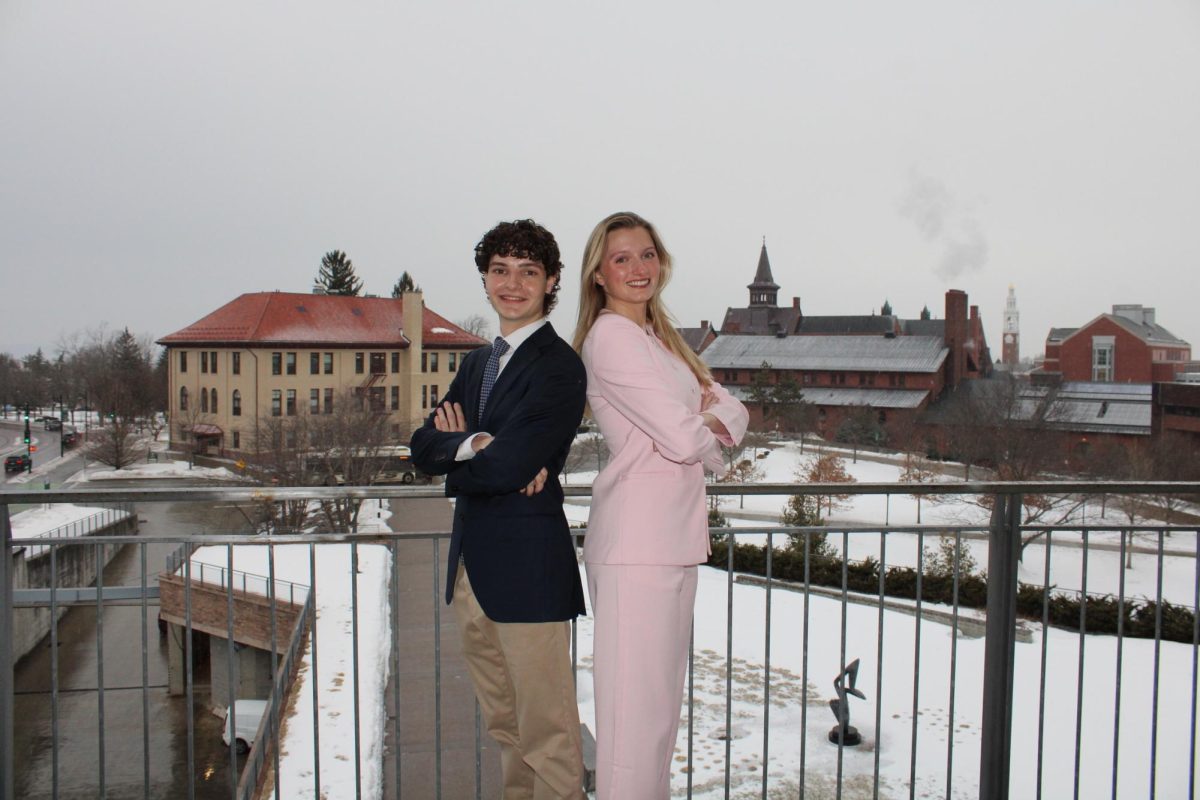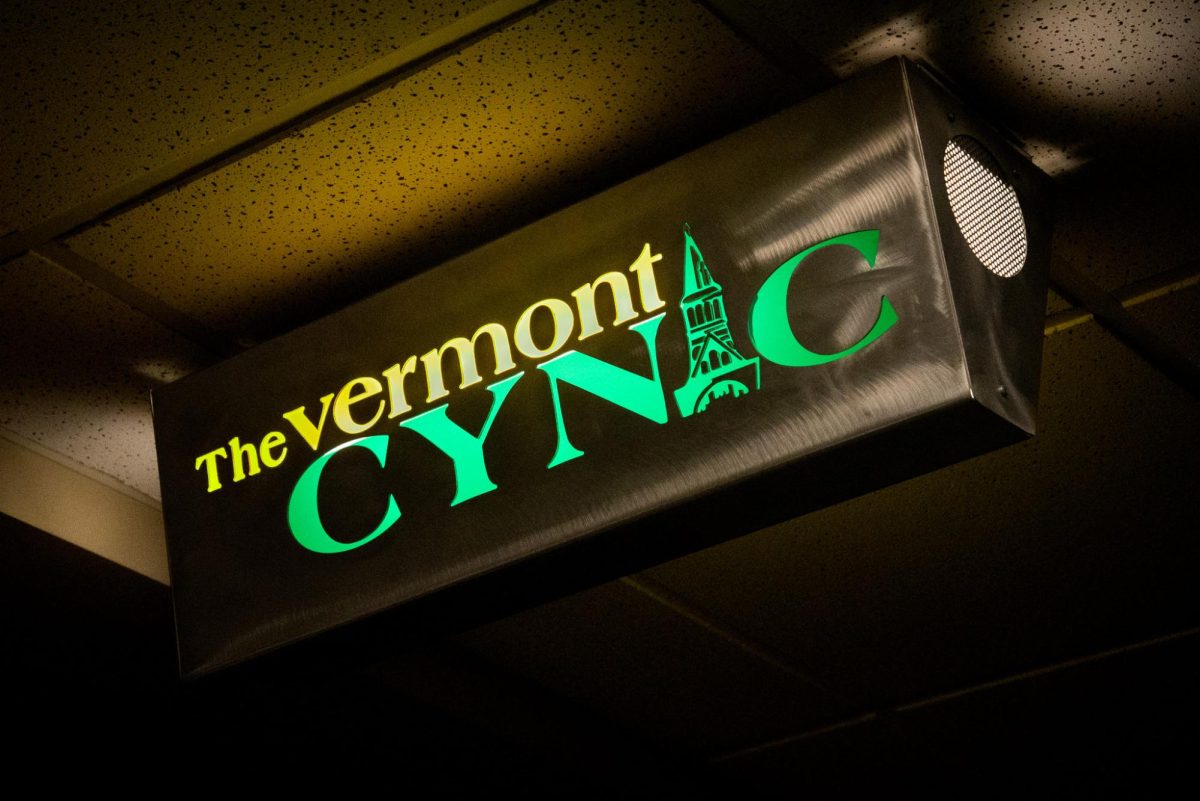UVM’s Master Housing Plan is trying to redesign the UVM campus for the fall 2017 semester.
“We’re looking at where students should be living that bring them greater success,” said Annie Stevens, vice provost for the division of student affairs.
“We want to make it so that first-year students are close to Central Campus and that they have access to the resources they need. We want to give them a strong start,” she said.
According to the plan, the outdated Chittenden, Buckham and Wills dorms on Central campus will be knocked down this summer and replaced by a new dorm, complete with 650 beds and a 500-seat dining hall.
“The age, the size and efficiency of that complex is a prime example of something that should be taken down and replaced to meet our needs,” said Robert Vaughan, director of capital planning and management.
Instead of trying to renovate these buildings, the University has chosen to demolish and replace them with a new facility.
“There’s only so much you can do with concrete walls and concrete ceilings,” Vaughan said about the dorms. “Altering the buildings themselves would be too expensive.”
Everybody likes [the Central dorms] because of their location, not so much the size of the room,” Vaughan said.
The average size of the dorms in CBW is 150-155 square feet, whereas the average for the rest of the campus ranges anywhere from 170-220 square feet, Vaughan said.
Alternative housing will be provided in the mean time, Stevens said.
“We will be housing upperclassmen and transfer students who want to live on campus on Quarry Hill and in the Sheraton Hotel,” she said.
The Housing Master Plan addresses both living options for all students, Stevens said.
“Approximately 5,000 students live on-campus,” she said.
Most of these students are first and second-years.
Only 14 percent of juniors and seniors, or 700 students, live on campus, Stevens said.
“The juniors and seniors that do live on-campus live here, I think, because of the sense of community they feel from ResLife programs like Living and Learning and being close to classes,” Stevens said.
Senior Kate Cude has lived both on and off campus.
“I think both living options have pros and cons,” Cude said. “Living on-campus is more convenient for classes, but it can be loud and you have to share living space with other people,” She said, “I really like the sense of independence that I get from living off campus.”
Sophomore Eva Terzis is a supporter of off-campus living.
“The factors that pushed me to look for housing downtown were privacy and freedom,” Terzis said.
“The price of both housing options ends up similar, but I feel like it’s more worth it to live off-campus,” she said.
UVM housing officials have noted the tendency for upperclassmen to live off-campus.
There have been talks between the city of Burlington and the University to develop living spaces downtown for upperclassmen in the future, but no set plans have been made.
As for now, the Housing Master Plan will create space to renovate and reallocate some of the University’s on-campus population as the University prepares for the next decade of residential life.



